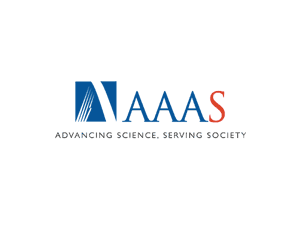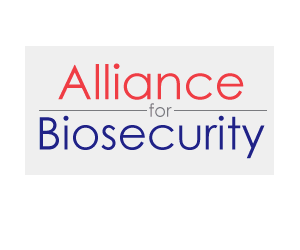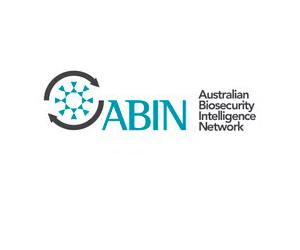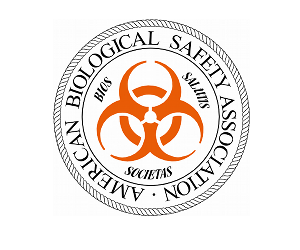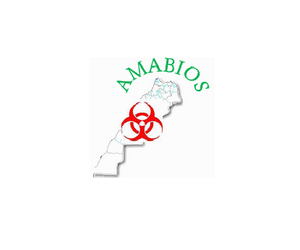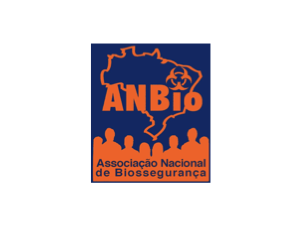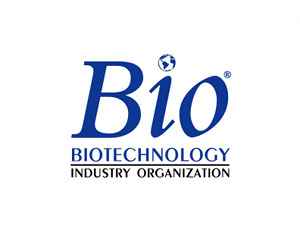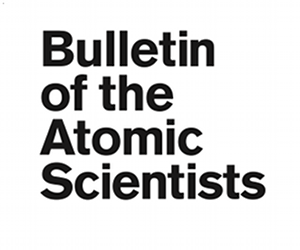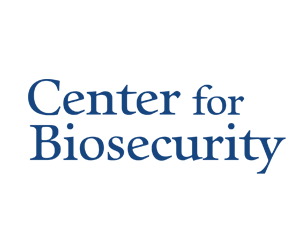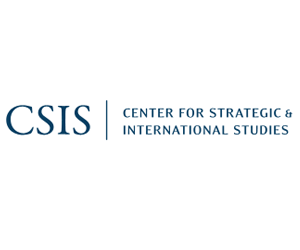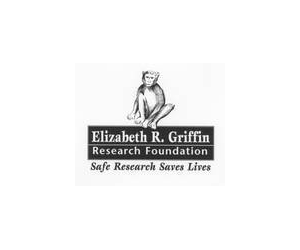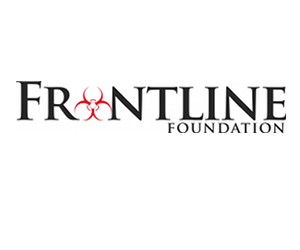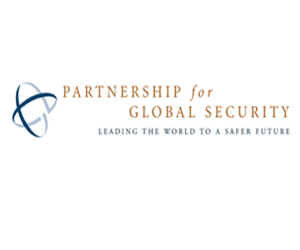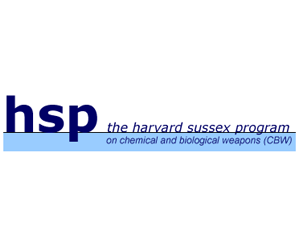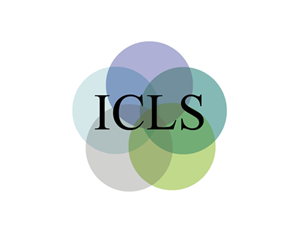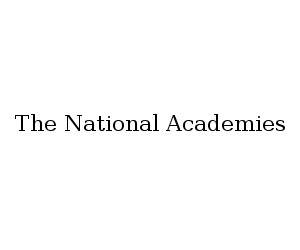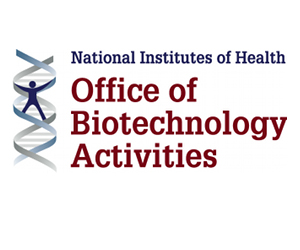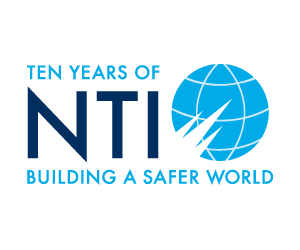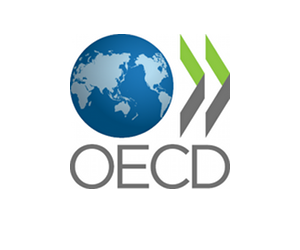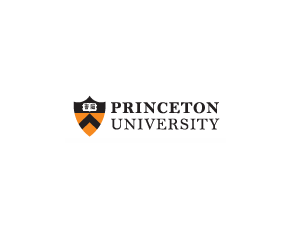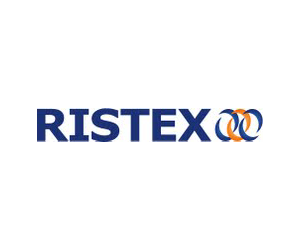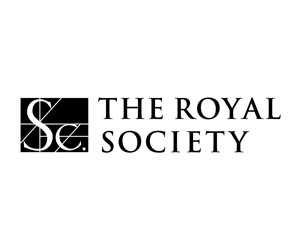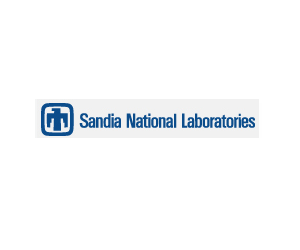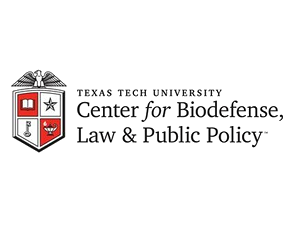Browse By Region
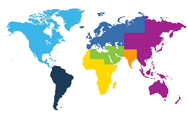
Browse By Type
Browse By Date Range
Library
By Region: North America
NIAID Strategic Plan for Biodefense Research
The threat of bioterrorism has created new challenges for medicine and public health. Our nation’s ability to detect and respond to acts of bioterror requires new and improved countermeasures, including diagnostics, vaccines, and therapies. The development of countermeasures is driven by biomedical research on disease-causing microbes and on the immune system response to these pathogens. Read More »
- April 25, 2011
- | Filed under North America, Other, and 2001-2025
National Terrorism Advisory System (NTAS) Public Guide
The National Terrorism Advisory System, or NTAS, replaces the color-coded Homeland Security Advisory System (HSAS). This new system will more effectively communicate information about terrorist threats by providing timely, detailed information to the public, government agencies, first responders, airports and other transportation hubs, and the private sector. It recognizes that Americans all share responsibility for Read More »
- April 21, 2011
- | Filed under North America, Other, and 2001-2025
Security Considerations for Microbiological and Biomedical Facilities
by Chris Royse & Barbara Johnson In recent years, increasing questions have arisen regarding the adequacy of and need for the implementation of a security program in biomedical institutes and facilities working with and storing pathogens. Most of the concern has been focused on facilities working with and storing select agents and BSL-4 pathogens. In Read More »
- April 18, 2011
- | Filed under North America and Report
ABSA Biosecurity Task Force White Paper: Understanding Biosecurity
“Over the past decade questions have arisen regarding the adequacy of security at biomedical institutes and facilities that work with, store, or transport pathogens and toxins. As an extremist demonstrated he could procure pathogens “for private use” by phone, and it is possible that an individual with access to a biological research facility may be Read More »
- April 18, 2011
- | Filed under North America and Report
Guidelines for Biosafety Laboratory Competency
These guidelines for biosafety laboratory competency outline the essential skills, knowledge, and abilities required for working with biologic agents at the three highest biosafety levels (BSLs) (levels 2, 3, and 4). The competencies are tiered to a worker’s experience at three levels: entry level, midlevel (experienced), and senior level (supervisory or managerial positions). These guidelines Read More »
- April 15, 2011
- | Filed under North America, Featured, Other, and 2001-2025
